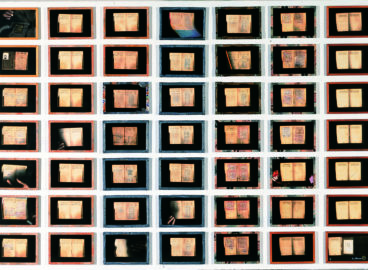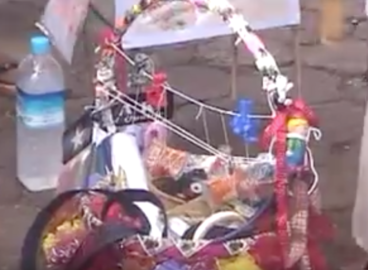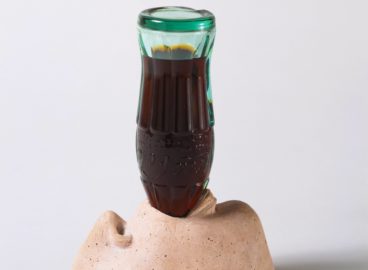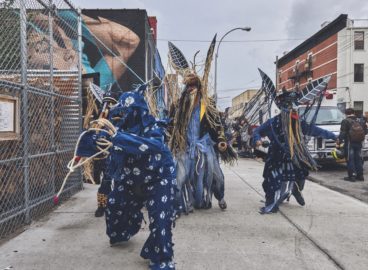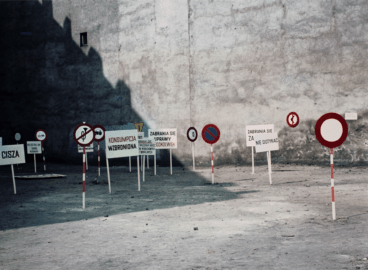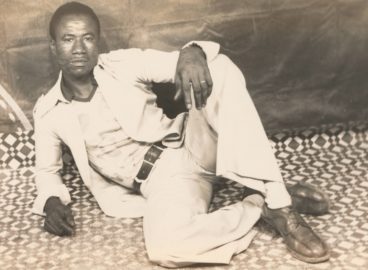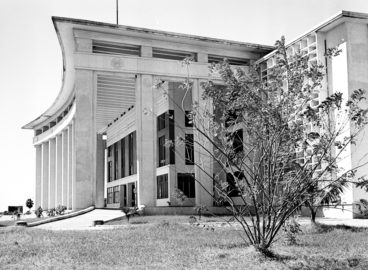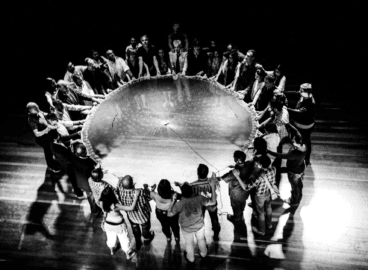Remembering and Forgetting in Sue Williamson’s For Thirty Years Next to His Heart
On view in the David Geffen Wing until October 25, 2021, this text considers the passbook, recorded and framed by Sue Williamson, as an object that has survived to bear testimony to the presentness of the past.
